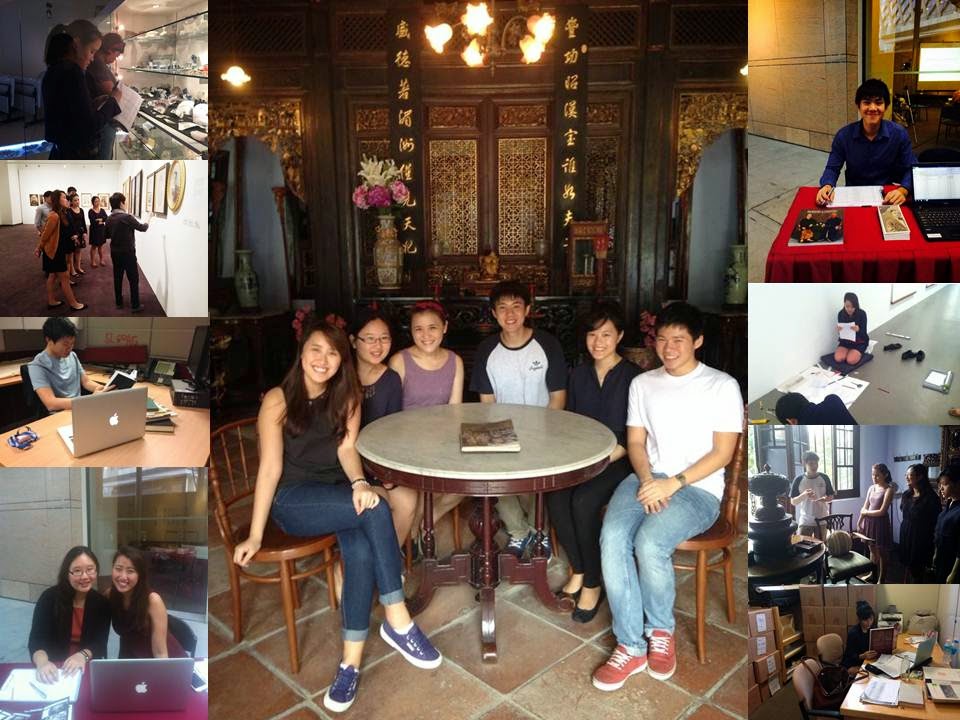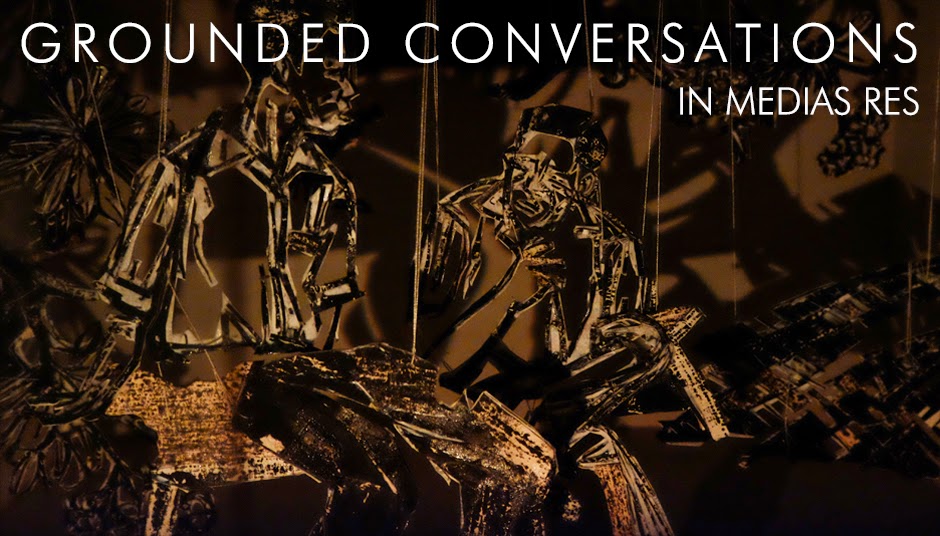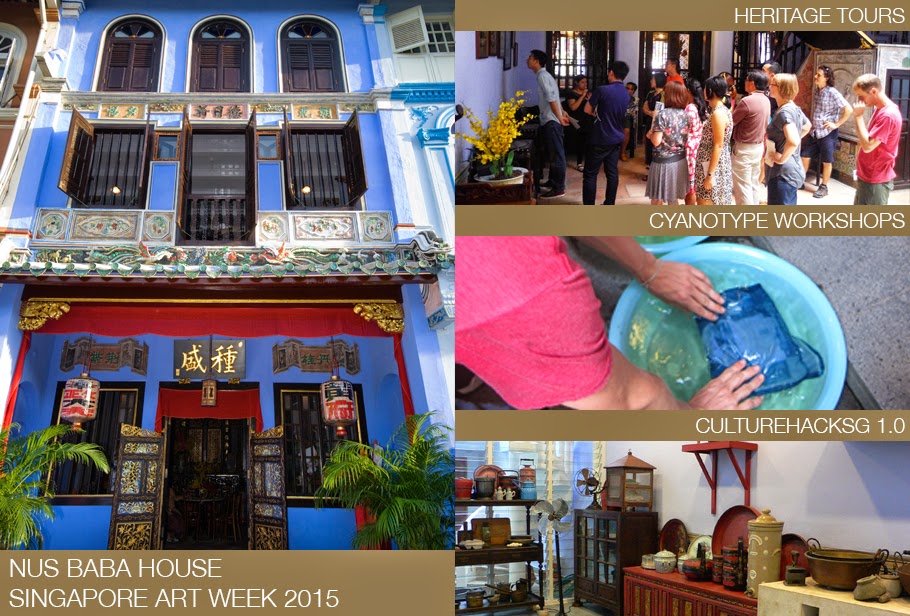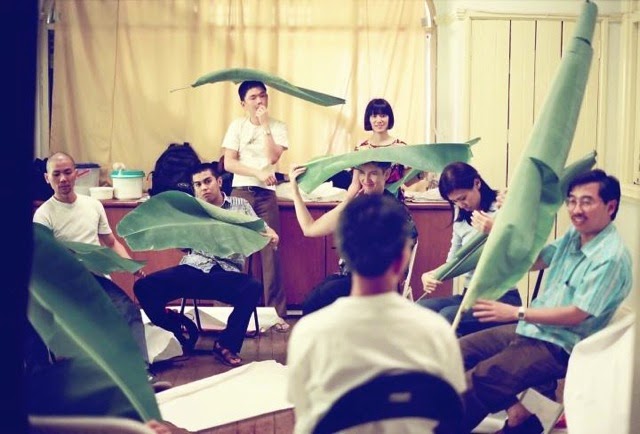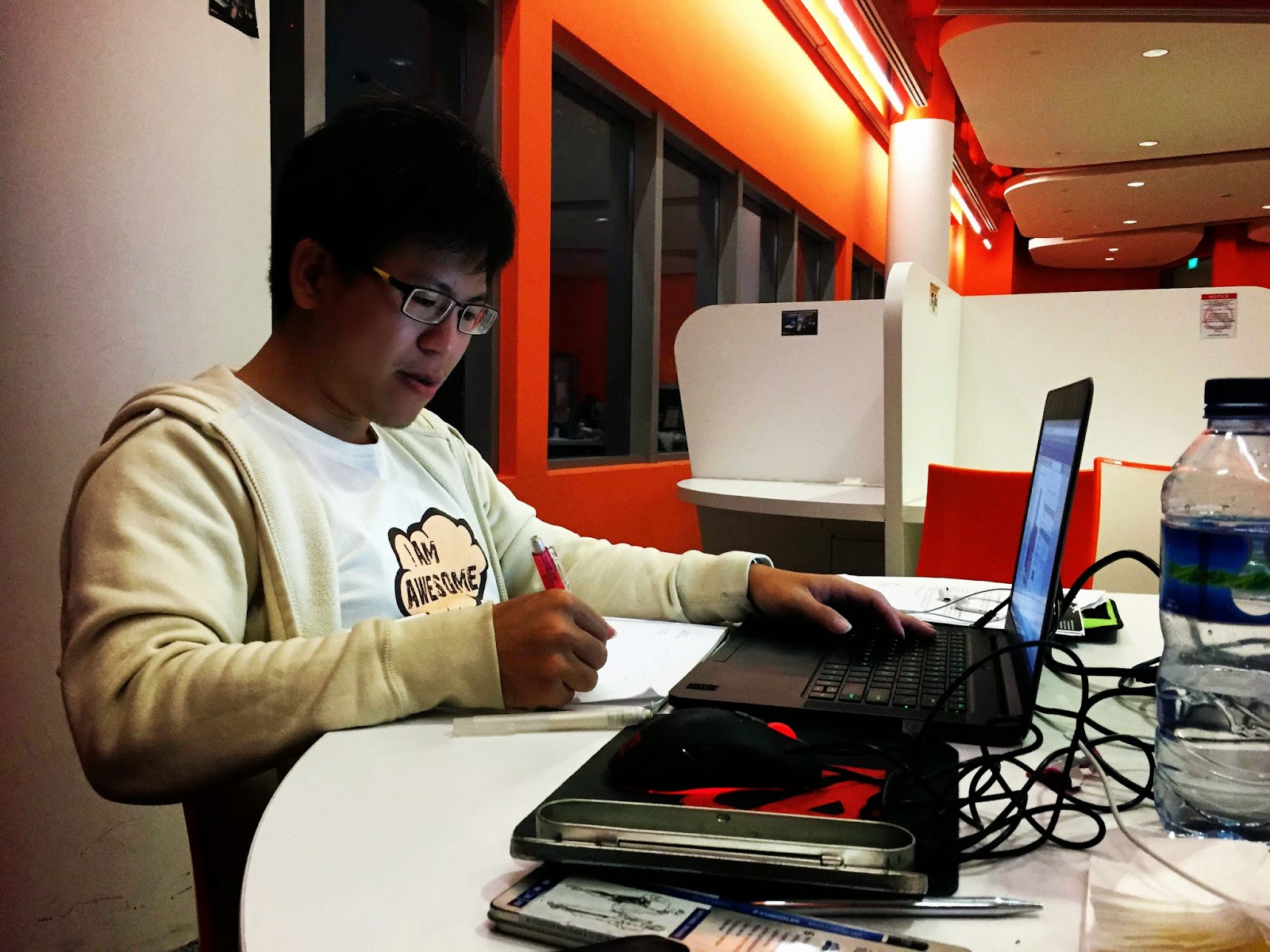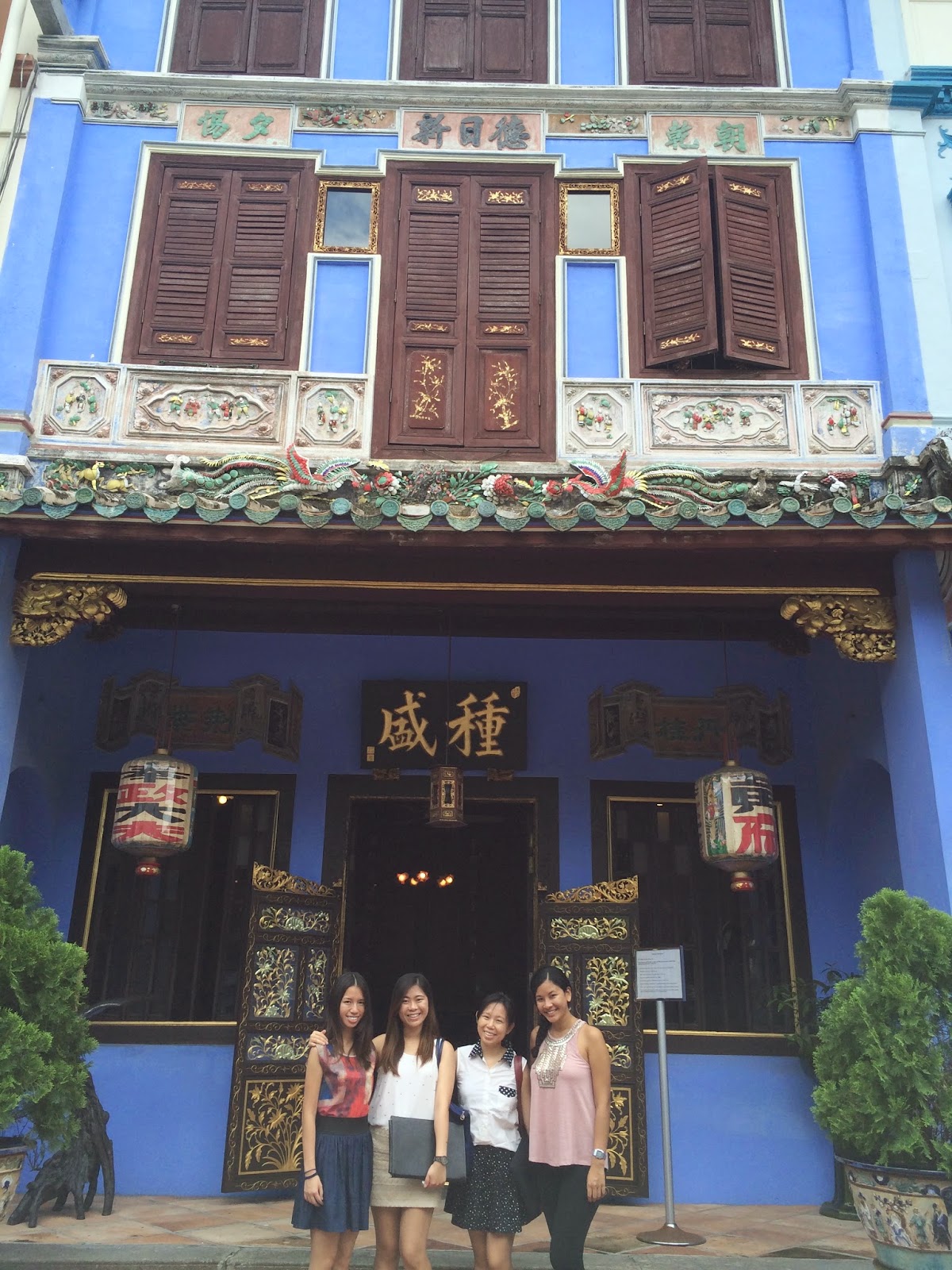Positions Available1. Curatorial & Research Intern (General Projects)
This internship will require the intern to assist with curatorial projects pertaining to the NUS Museum’s upcoming Resource Gallery such as creating glossaries and organizing research materials, mapping Vietnam War materials to prospect for ideas for a Prep-Room project, and organizing an upcoming exhibition featuring the works of alumni artist.
Requirements:
- General knowledge in Asian & Southeast Asian art and history, in particular Vietnam, preferred
- Knowledge in Chinese visual language an advantage
- Dependable and responsible
- Willingness to explore and engage with all facets of curatorial labour
- Able to work independently and collaboratively
- Suitable for Year 2 students and above
Positions Available: 1
Duration: 8 Dec 2014 – 9 Jan 2015Stipend: $500
-
2. SEABOOK Curatorial Intern
This internship requires the intern to assist in the documentation and presentation of research materials gathered as part of the SEABOOK project. Opening in January 2015 as part of National Library Board’s (NLB) Mapping Festival, SEABOOKis a collaboration between NUS Museum, curator Shabbir Hussain Mustafa and artist Charles Lim. Working extensively with materials from NLB’s collection that deals with Singaporean waters, SEABOOK is a project aimed at accumulating an anecdotal history of Singapore’s troubled relationship with its seas.
Requirements:
- Keen interest in Singapore’s maritime history from the pre-colonial to the present
- Willingness to explore and engage with all facets of curatorial labour
- Strong sense of commitment to a project beyond stipulated internship period
- Suitable for second year students and above
Positions available: 2
Duration: 8 Dec 2014 – 9 Jan 2015. (With possibility of extension based on further discussions between intern and supervisor)
Stipend: $500
-
3. OPEN EXCESS Curatorial Intern
This internship requires the intern to assist in further research and development of an exhibition dealing with the curious history of “Southeast Asia” (as a product engendered by the Cold War). Beginning from a collection of books donated by the art historian TK Sabapathy, OPEN EXCESS (working title) is a Prep-Room project that aims to explore the politics of a library, publications and their dissemination, accessibility and visibility of the region.
Requirements:
- Strong familiarity with the terrains of Southeast Asian studies
- Willingness to explore and engage with all facets of curatorial labour
- Good independence when it comes to research
- Creative disposition towards “theory”
- Suitable for third year students and above
Positions available: 1
Duration: 8 Dec 2014 – 9 Jan 2015
Stipend: $500
-
4. Museum Outreach Intern
This internship requires the intern to work with the Museum Outreach team in the preparations for the Museum’s programmes for 2015. As the Museum celebrates its 60th anniversary alongside the university’s 110thanniversary and Singapore’s 50th year, a series of special programmes are being planned. Such programmes include talks, seminars and film screenings. The intern will also assist in planning and executing marketing initiatives for the Museum’s refreshed and new galleries.
Requirements
- Pleasant, out-going personality
- Meticulous with a keen attention for details
- Good organizational and time-management skills
Duration: 8 Dec 2014 – 9 Jan 2015
Stipend: $500
-
5. Baba House Outreach Intern
This internship requires the intern to work with the NUS Baba House Outreach team with research on public housing in Singapore with the objective of developing walking tours. The walking tours aims to dwell into history and explore when public housing first started, housing schemes undertaken by the Singapore Improvement Trust (SIT), challenges faced by the housing commission, Everton Road and Tiong Bahru estates and the development of the Housing Development Board (HDB). The intern will also assist with tour logistics and Museum and Baba House Outreach activities.
Requirements
- Keen interest in Singapore’s public housing history from the colonial period to the present
- Good independence when it comes to research
- Suitable for second year students and above
Duration: 8 Dec 2014 – 9 Jan 2015
Stipend: $500
-
How to Apply
Please return a copy of the internship application form with a copy of your CV and a recent essay/writing sample via email to museum@nus.edu.sg with the subject header “NUS Museum Internship Programme” by 11 November 2014, 2359.
For more information about the NUS Museum Internship Programme, please contact Michelle Kuek at michellekuek@nus.edu.sg or call 6516-8428. FAQs may be found here: https://www.facebook.com/notes/nus-museum/frequently-asked-questions-about-internships/637136229693164
Please note that only shortlisted candidates will be notified. Interviews for shortlisted candidates will commence from 17-21 Nov 2014 for Positions 1-4 and from 26-28 Nov for Position 5.


